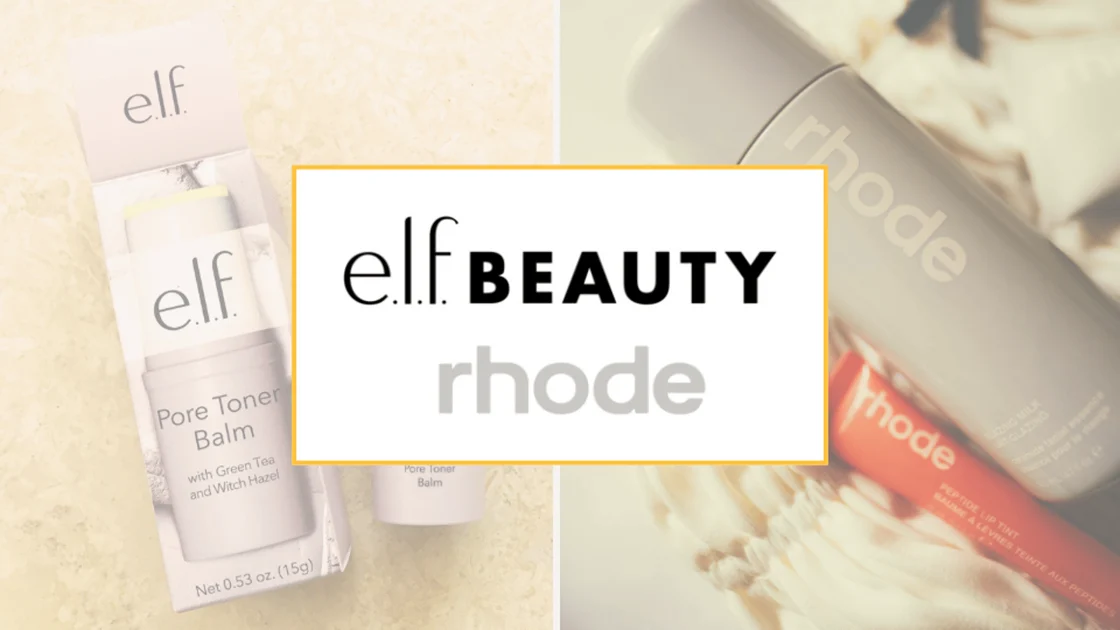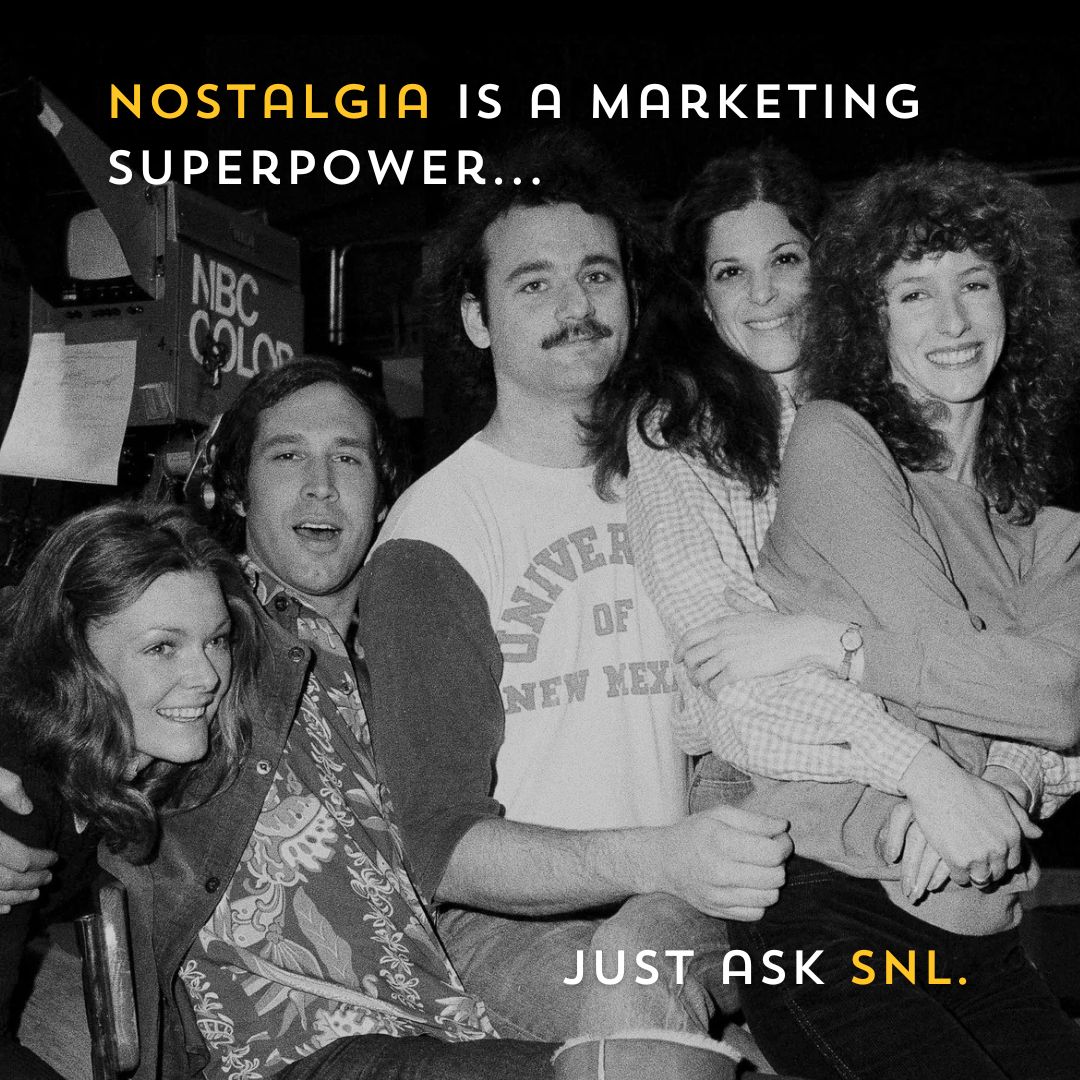Need fresh ideas for brand growth?
Subscribe to free insight emails
Marketing

What Wellness Brands Can Learn From Rhode’s Success
When I launched my first merch line passion project years [...]

Busy vs Effective: Marketing Mindset Shift
Every summer in Arizona, we hit a point where the [...]

Your Healthcare Brand Deserves Better: How to Align Marketing and Sales for Real Growth
When marketing and sales aren’t on the same page, things [...]

Aligning on Values: Reflections from Our Leadership Retreat
We’re back from a refreshing leadership retreat—and let us tell [...]

Why Your Social Posts Aren’t Landing (And How to Fix It)
Why Your Social Posts Aren’t Landing (And How to Fix [...]

SEO for Healthcare Brands: Attracting Patients Online

Nostalgia is a Marketing Superpower—Just Ask SNL
A close friend of mine had the incredible opportunity to [...]

Are You Speaking Your Customers’ Love Language?
It’s February, and love is in the air! Cupid may [...]

Why Brands Are Embracing UGC Marketing
The Super Bowl ads this year made one thing clear: [...]

How To Make a Video: Creating an Effective Marketing Video
